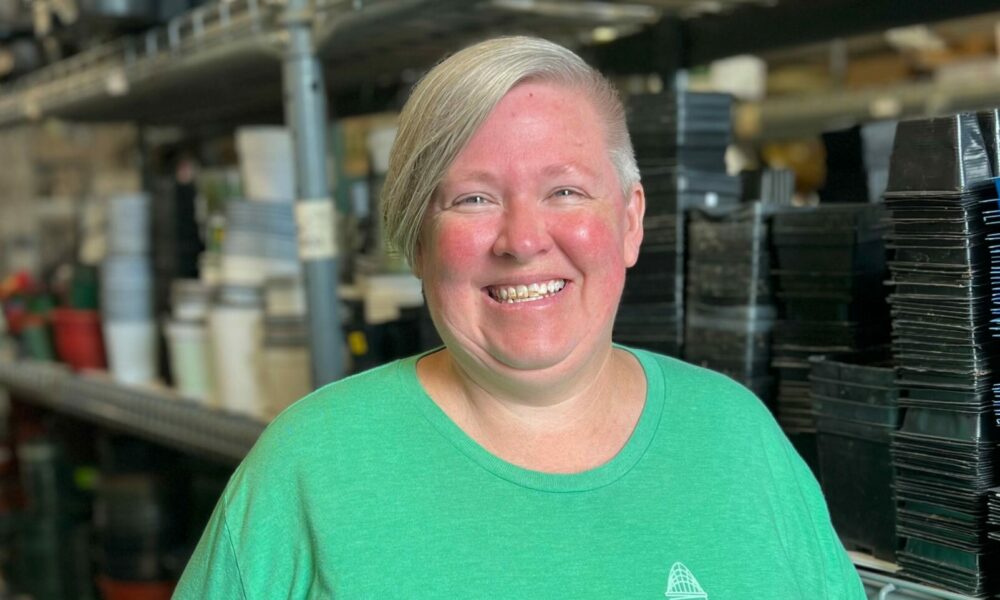

Today we’d like to introduce you to Colleen McSwiggin.
Hi Colleen, thanks for joining us today. We’d love for you to start by introducing yourself.
I first came up with the idea of the Hub while standing in a parking lot surrounded by piles of electronics to be recycled. We’d had an event that was so successful; we filled five semi-trailers in two and a half hours, we’d had 764 cars through the line, and I still had to tell 150 people we couldn’t take their stuff because there literally was no room. The one that killed me was an older woman in a blue minivan who had a big, wooden console TV in the back. She said that she’d gotten help to get it into the van, and when she said, “Well, where can I take this now?” I had to be honest and say, “I have no idea.” Right then, I decided there had to be a better way, and the only way I could see would be to have a warehouse where, if the truck was full, we could take everything in until the truck could come back. Once I came up with that, I started thinking about other organizations that could use a permanent home. The other organization I immediately thought of was ZeroLandfill Cincinnati, which had been run by Carrie Harms (who is now our Warehouse Director) since 2010. They took in architectural and design samples, like carpet squares, tile, fabric swatches, and wallpaper books, and had them available for anyone to take away if they wanted them. When I asked Carrie if she would be interested in having a permanent location, she immediately said yes and then posted on the ZeroLandfill Cincinnati Facebook page to see if anyone else would be interested in joining us. That’s how we found Erin Fay, our board president, who had been collecting items for Terracycle for her son’s school. Erin is a real estate agent, and I swear she knows half the population of Cincinnati, so that’s how we found many of our other board members. We opened our warehouse on April 1, 2021, and since then, we’ve kept over 250 tons of items out of the landfill, including electronics, lightbulbs, batteries, and Styrofoam that’s sent for recycling, and items like wrapped utensils, clean empty pill bottles, plant pots, egg cartons, and more taken for reuse or sent to other nonprofits for their use.
Would you say it’s been a smooth road, and if not, what are some of the biggest challenges you’ve faced along the way?
It has not been a smooth road since we’ve grown really fast and had a lot of “on-the-fly” learning as we went. For instance, we initially thought we’d be able to have people drop their bags of items off, but that doesn’t work when there are 50 people dropping things off each day and only 4-6 people to sort everything. We very quickly changed to having labelled bins for everything so that people can sort their own items with our help. This has the added benefit of them learning about why things need to be clean and dry when they come to us, where things go, and what other more sustainable options may exist for some of the things they bring to us. This also gives them a chance to see all of the things we take. There are may “first timers” who come in with a very specific item — electronics, batteries, Styrofoam, etc. — that they want to recycle, and when they see all of the other things we take, they’re surprised and say, “Well, we can start collecting that now, too!”
One of our other big challenges right now is space. We started out with 20,000 square feet of warehouse space and about 700 square feet of space for people to drop their items off. We recently expanded so that we have an additional 10,000 square feet for storage of things that are ready to be shipped out and an additional 1300 square feet of drop-off space. However, the warehouse and storage space are on the 2nd and 4th floors of a warehouse, so we need to use a freight elevator to move everything up and down, and because of that, everything takes a little longer than if we were just on a ground floor. We’re actively working on being able to get to a bigger permanent space — we think we’ll need 100,000 square feet minimum — with a slab foundation so that we can get some of the equipment we need to make shipping more economical. The warehouse doesn’t have air conditioning, either, so it can get a bit toasty in the summer, which can make it difficult for a staff and volunteers.
Thanks for sharing that. So, maybe next you can tell us a bit more about your work?
My degree is in Microbiology, but I most recently worked as the Chemistry Lab Manager at Mount St. Joseph University before I became the Executive Director of the Hub. As the lab manager, I took care of our annual chemical disposals, so I’m well-versed in the rules, regulations, and best practices for hazardous waste and laboratory safety. At the University, I was also a member (eventually chair) of the Sustainability Committee, which is how I got involved in electronics recycling days, which, over the course of 8 years, collected over 300 tons of items. It was at one of those events that I had the idea to start the Hub. The Hub is unique in that we can take things that could go to a dozen or more locations, but instead of people trying to find all of those places, they only have to find us, and then we get things to where they need to go. Since we opened in April 2021, we’ve kept over 250 tons of items out of the landfill. Just to give you some idea of how much stuff that is — the Styrofoam alone would have filled 9 semi-trailers.
Where do you see things going in the next 5-10 years?
I’m hoping that, as artificial intelligence, robotics, and plastics recycling processes get better or more adept, some of the things we take — like plastic take-out containers, utensils, and such — will be able to go in curbside recycling so that we can focus on other items, like electronics, eyeglasses, and pill bottles, and — hopefully — add on items we don’t currently accept, like mattresses and textiles, since both are huge issues for landfills.
Pricing:
- TVs & monitors — $25- $35, depending on size
- Refrigerant-containing appliances — $15-$25, depending on size
- Most other electronics — $10 per carload
- Plastics — free to drop off
- Lithium batteries — free to drop off
Contact Info:
- Website: https://www.cincinnatirecyclingandreusehub.org/
- Instagram: https://www.instagram.com/cincyrecyclingreusehub/
- Facebook: https://www.facebook.com/CintiRRH/
- Linkedin: https://www.linkedin.com/company/cincinnati-recycling-and-reuse-hub
- Twitter: https://twitter.com/CintiRrh
- Youtube: https://www.youtube.com/@cintirrh
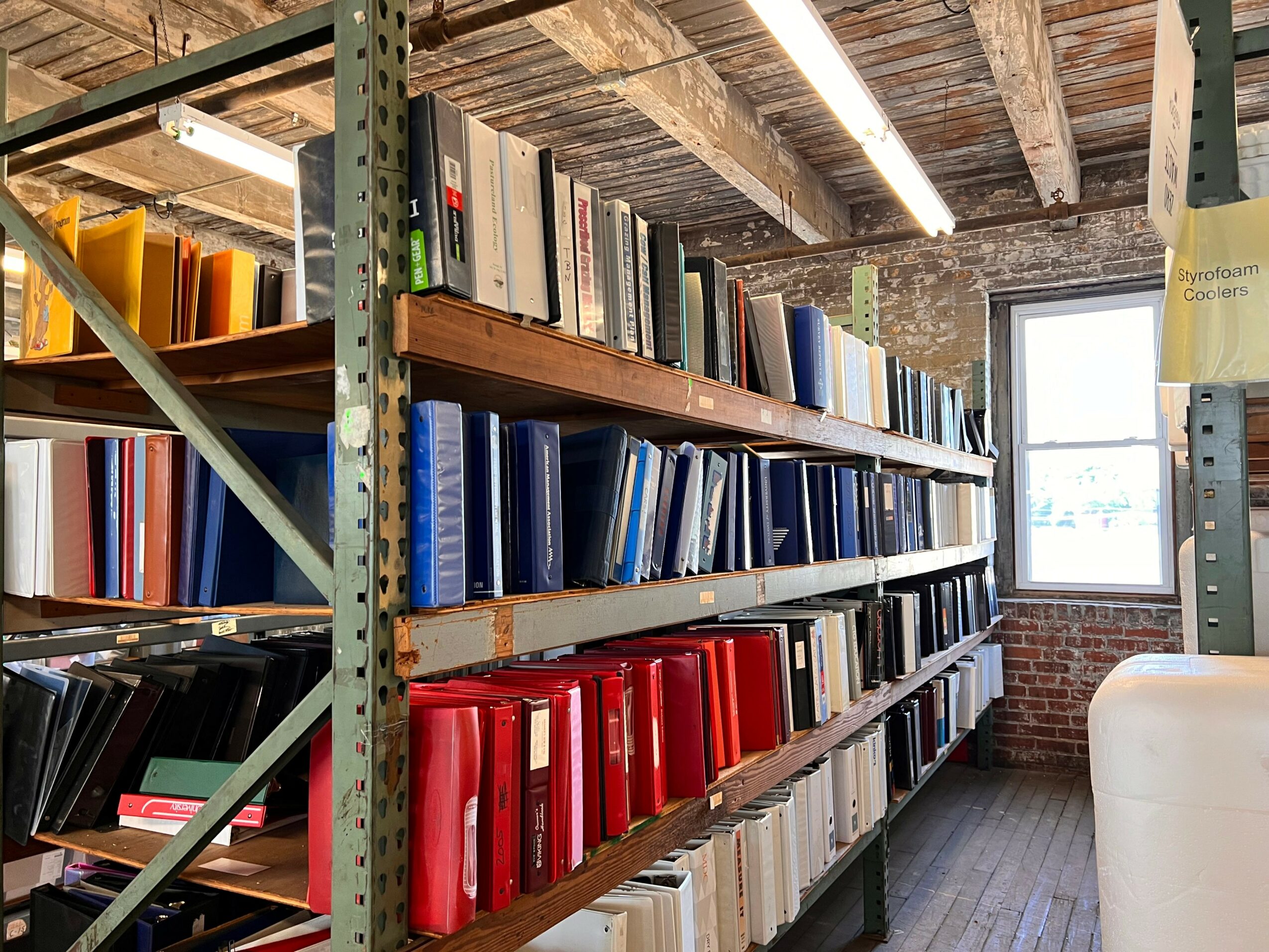
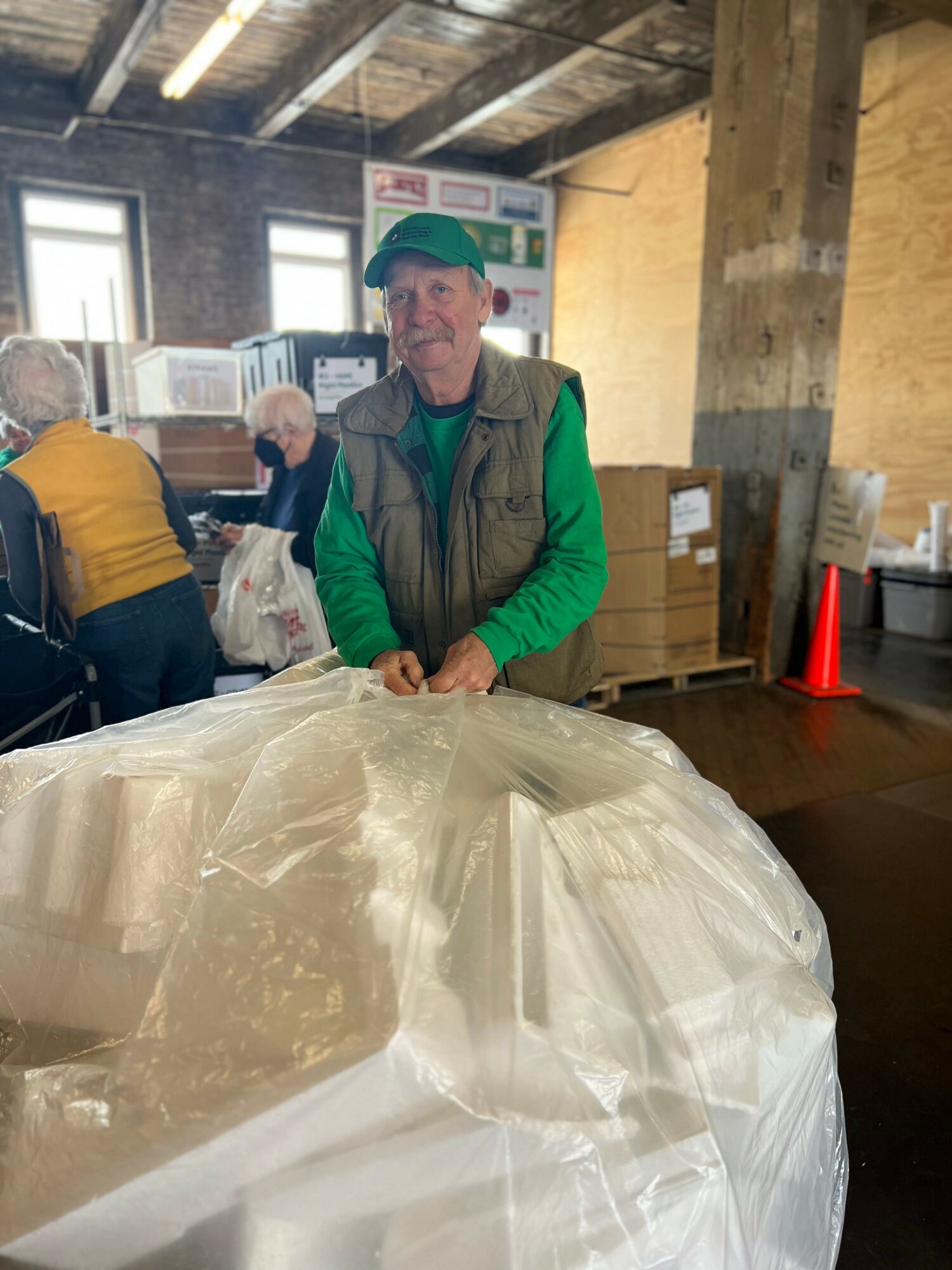
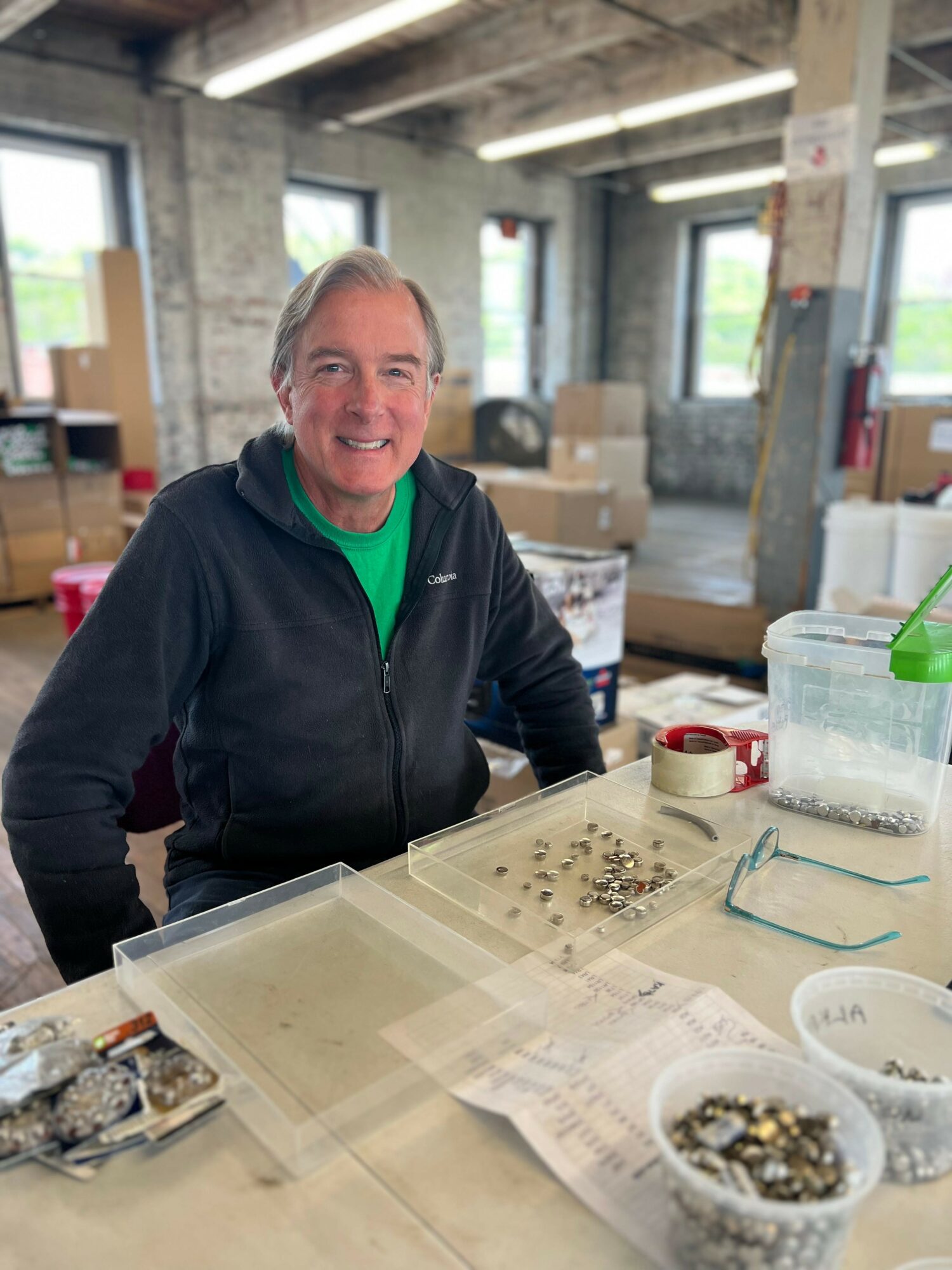
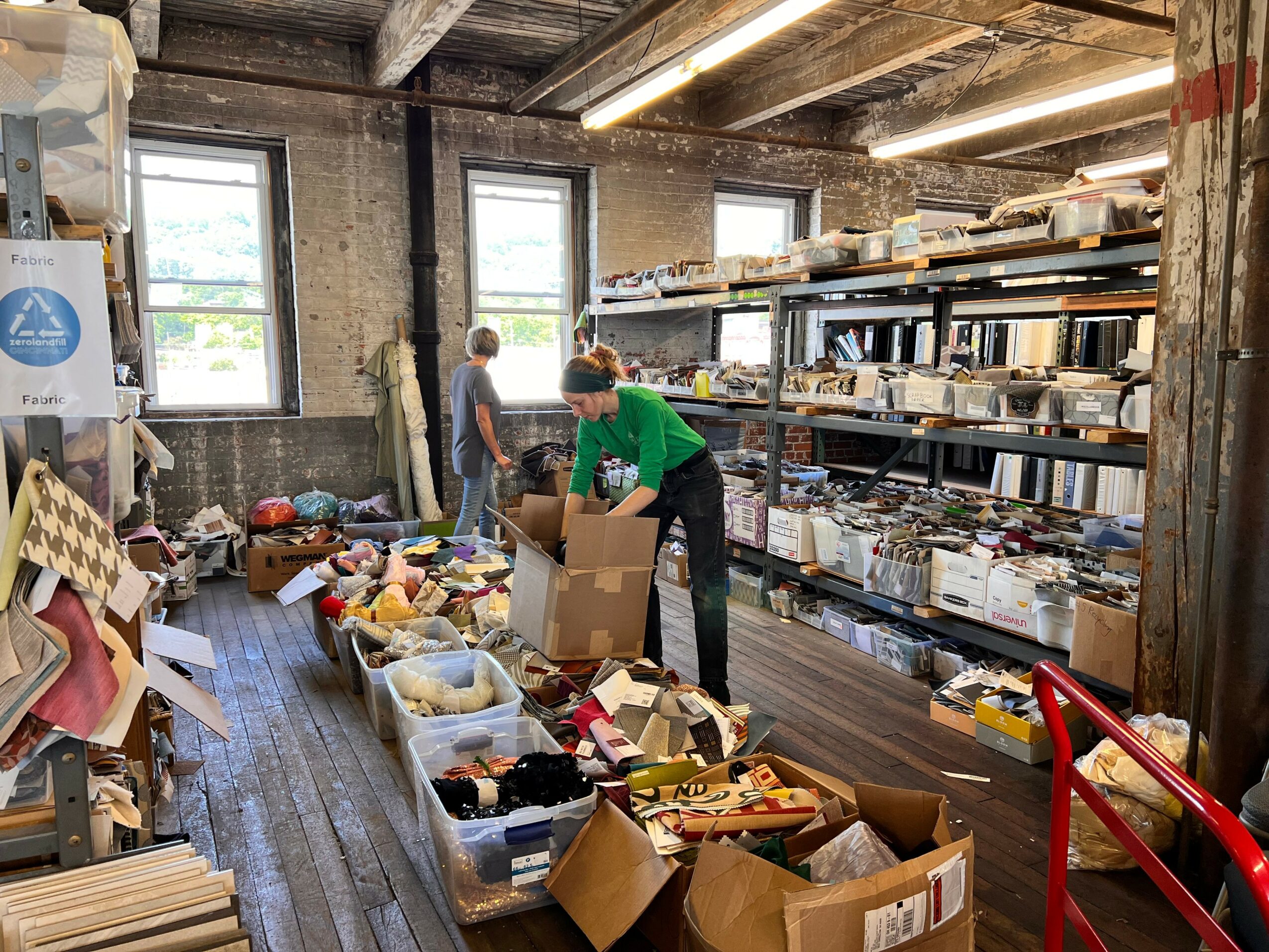
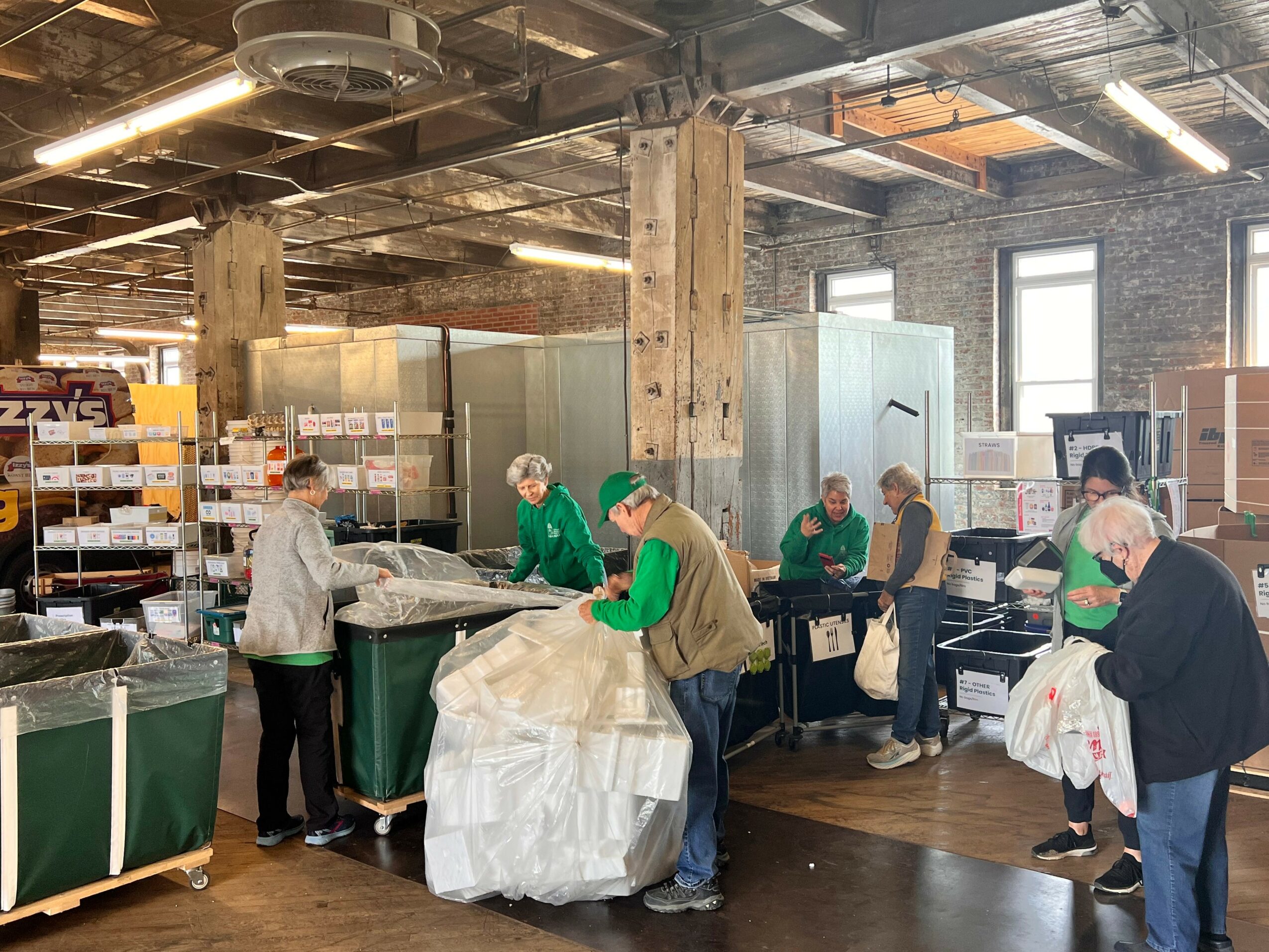
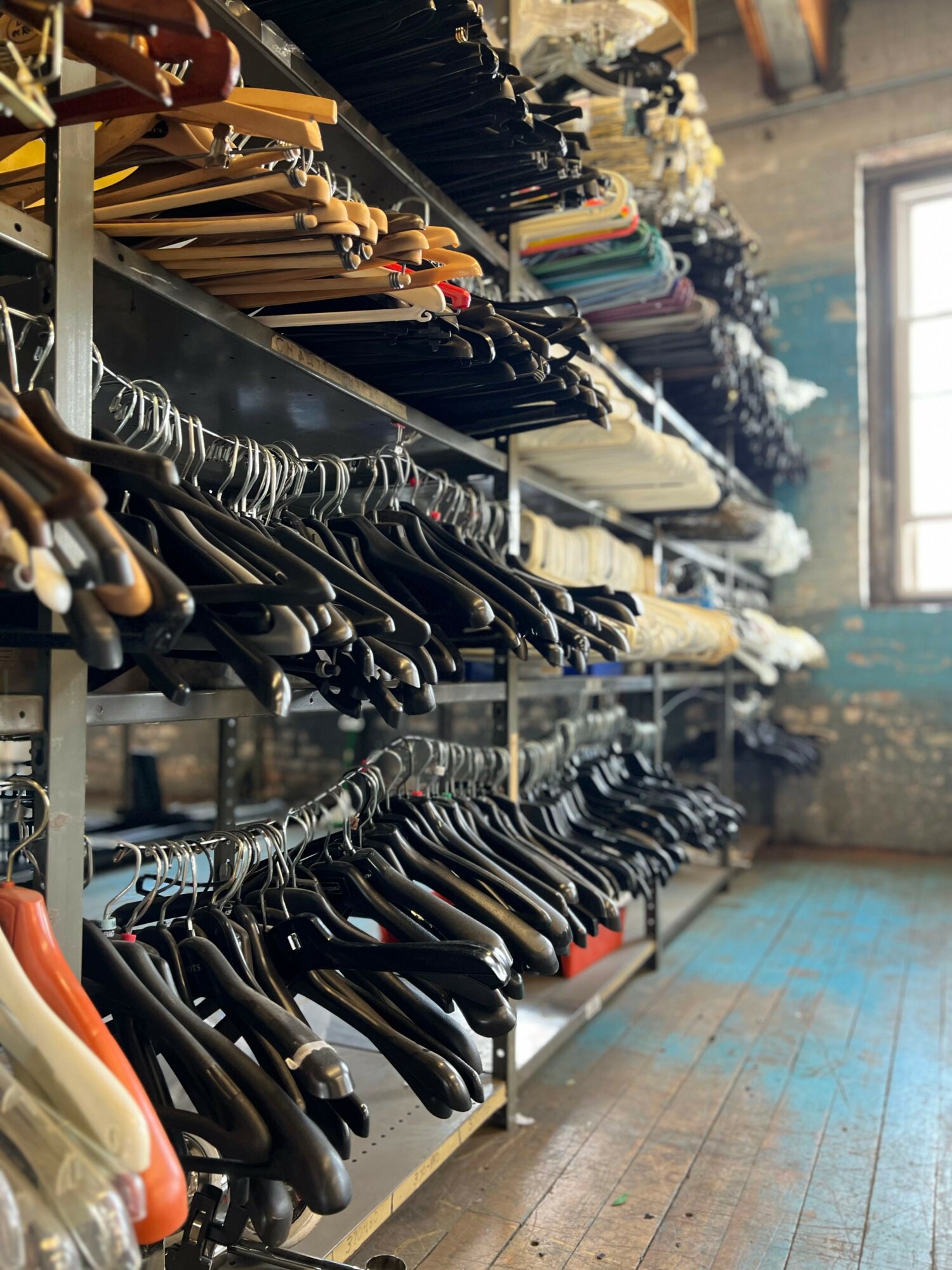
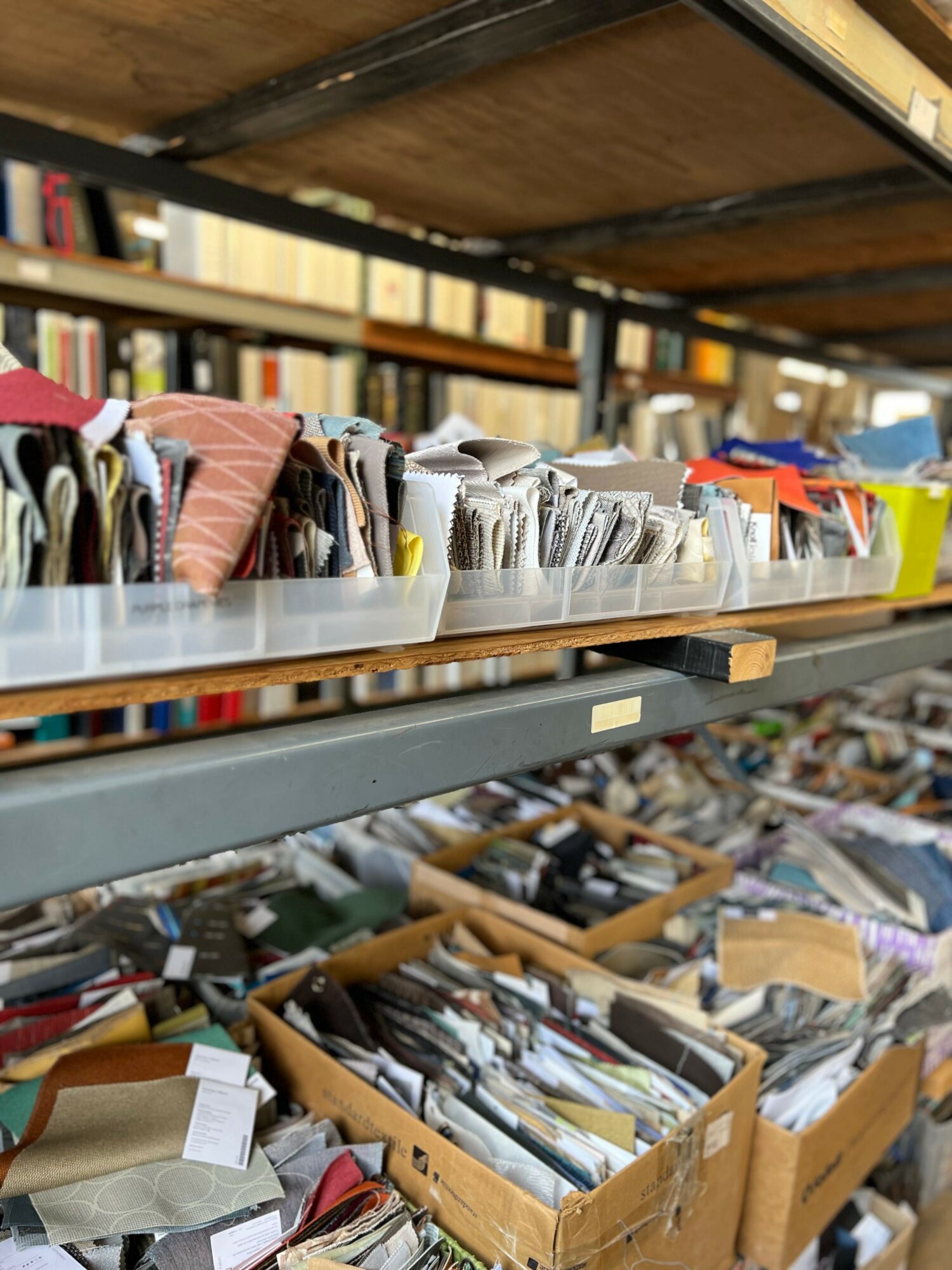
Image Credits
Katrina Weiss
Cincinnati Recycling & Reuse Hub











